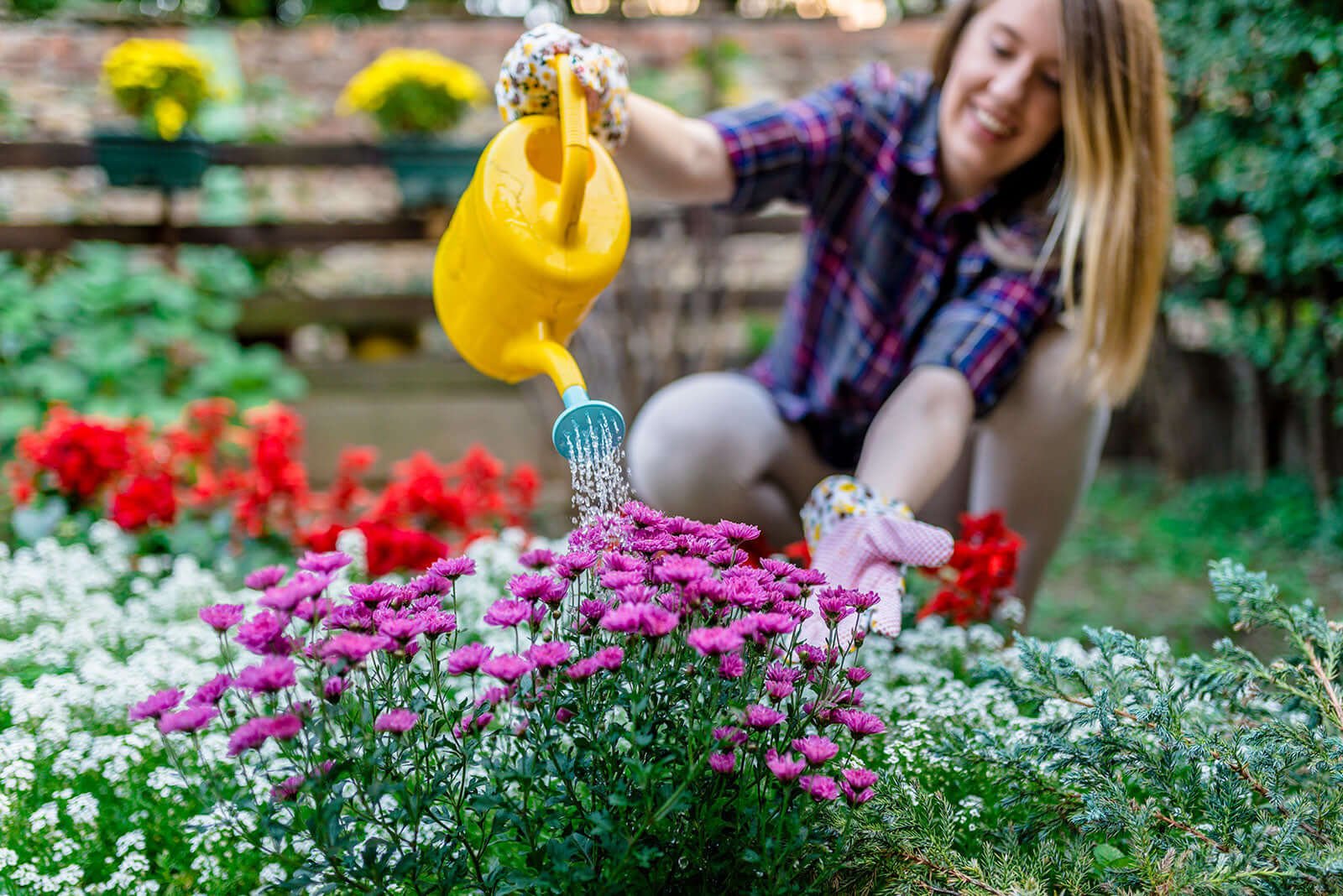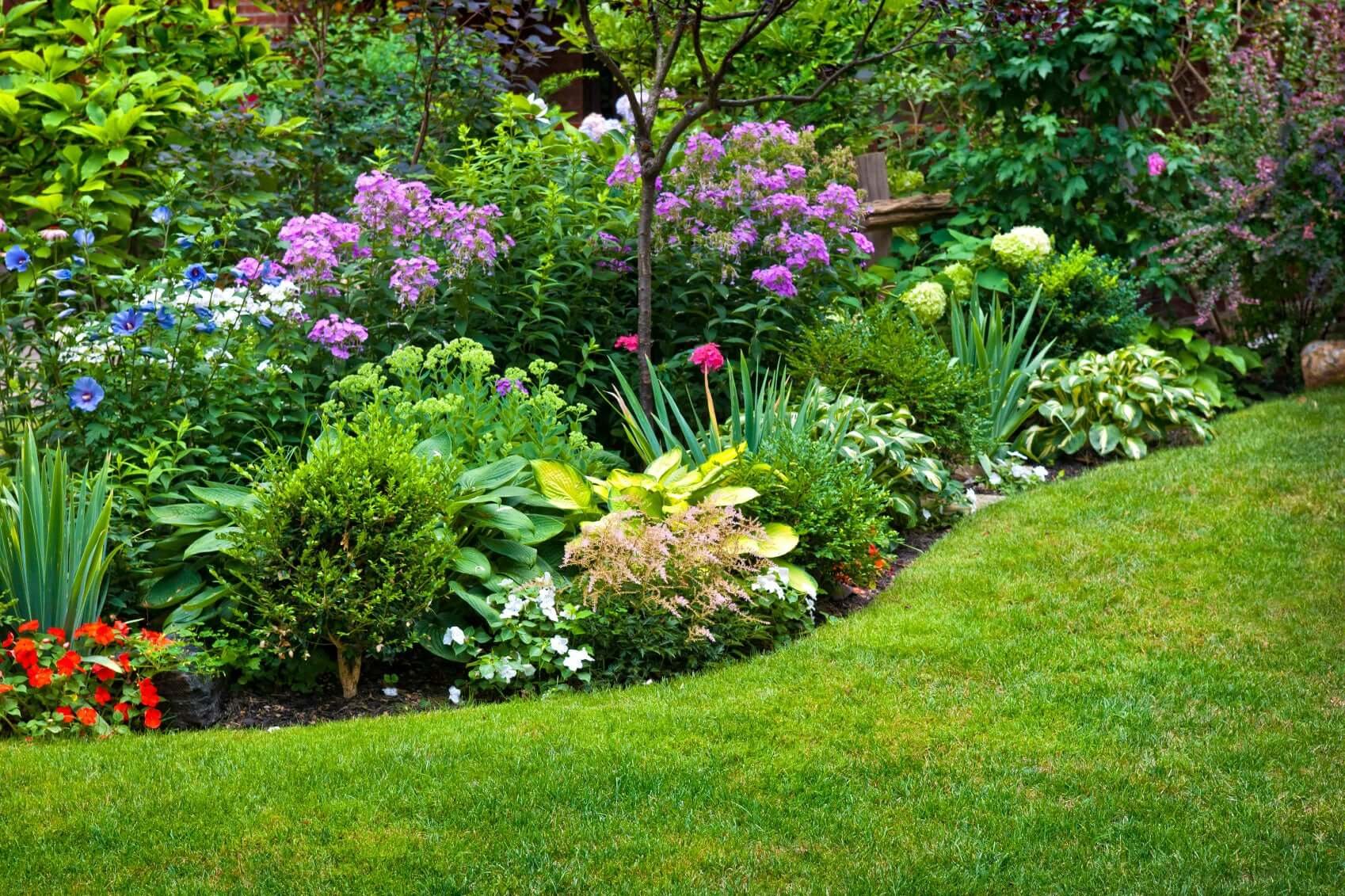Looking for Early Spring Blooming Perennials?
As cold weather is soon a thing of the past, homeowner's are yearning for spring's vibrant hues and fragrant blooms. While some wait patiently for summer's grand floral display, others relish the quiet charm of early bloomers - brave perennials that symbolize resilience and hope.
Buy Early Spring Blooming Perennials Here
Tammy Sons at TN Nursery, a leading horticultural expert tells us about the seven best perennials for early Spring blooms. "If you don't want to wait till Summer, try planting some of the below hardy perennials for super early Spring blooms!"
7 Spring Blooming Perennials That Will Make Your Heart Skip a Beat With Their Beauty
The Sunshine Soldiers Daffodils are like a sea of sunshine swaying gently in the breeze. A bright yellow daffodil is usually a welcome sign of spring. These cheerful trumpet-shaped blooms, available in stunning colours and sizes, herald spring in all its glory. You can think of them as the enthusiastic cheerleaders of the garden. This particular plant is not only easy to grow, but it also returns every year.
Planting: Planting daffodils is like burying little treasures for spring. Imagine them as sturdy bulbs, akin to tiny time capsules packed with floral potential. In autumn, when the summer's heat has faded, choose a sun area with well-drained soil. Dig holes roughly 6 inches deep, spacing the bulbs about 6 inches apart. Gently nestle them in, cover them with soil, and let nature take its course. Come spring, these buried treasures will erupt in a joyous display of colour, reminding you that light always returns even after winter's darkness.
Bloodroot:
The Underworld's Jewel In contrast to other, spring blooms, Bloodroot emerges from the forest floor with its white, poppy-like flowers. This ephemeral beauty thrives in moist, shady areas, adding a touch of intrigue to your garden as if it were a hidden treasure bursting from the earth's embrace.
Planting: Divide and transplant in early spring, moistening the soil around the rhizomes. Water regularly during its short growing season, but let it fade after flowering. It contains toxins and can irritate the skin, so be mindful.
A Burst of Sunshine Throughout the Season Orange daylilies come in various vibrant colours, from fiery orange to apricot blush. These low-maintenance beauties bloom continuously throughout the summer, offering waves of colour well beyond their namesake "day." Imagine them as the marathon runners of the floral world, providing endless cheerful miles of colour.
Planting: Daylilies are adaptable, like friendly garden guests who happily adjust to various soil types. But just like humans who thrive on sunshine, they prefer well-drained, slightly acidic soil. Ensure they have enough space to spread their vibrant beauty in a sunny spot. As miniature suns, they need plenty of space to shine brightly.
Coneflower:
A Beacon for Butterflies and Bees Coneflowers are champions of attracting pollinators. Their daisy-like blooms, adorned with spiky cones in shades of purple, pink, and orange, offer nectar to butterflies, bees, and hummingbirds. These beneficial creatures are guided to delicious feasts by these small eco-friendly lighthouses.
Planting: Echinacea plants thrive in full suns, like sunbathers soaking up the rays. They're also drought-tolerant once established, similar to resilient desert plants. Building a sturdy foundation for their colourful display begins with planting them in well-drained soil. By deadheading spent blooms, you encourage them to keep the party going, so don't hesitate to snip and enjoy their beauty for as long as possible.
Virginia Bluebells:
Imagine a woodland scene carpeted in ethereal bluebells. These delicate, bell-shaped flowers, native to North America, create a breathtaking display in late spring. Think of them as tiny ballerinas in blue tutus, gracefully dancing on a stage of green leaves.
Planting: Virginia bluebells prefer moist, humus-rich soil, like luxurious spa treatments for their delicate roots. Part shade to full shade is ideal, like seeking dappled sunlight filtering through leafy branches. They spread slowly through rhizomes, forming charming colonies over time. Remember their delicate nature when planting and weeding, like protecting precious treasures.
Foam Flower:
The foam flower, or Tiarella, offers a unique combination of texture and bloom. Its heart-shaped leaves form a lush carpet, while delicate white flower clusters resemble airy foam rising gracefully above. Think of them as miniature white fluff waterfalls, adding a whimsy touch to your garden.
Planting: Foam flower, like ferns enjoying a shady forest floor, prefers moist, well-drained soil in part shade to full shade. As they spread through rhizomes, they form charming clumps. These miniature colonies of frothy beauty are ideal for shady corners or near walkways for close-up viewing.
Black-Eyed Susan:
A cheerful perennial blooming in the the warm season. Black-eyed Susan, with its bright yellow petals and dark brown centre, adds a touch of rustic charm to the late summer garden. These cheerful daisies attract butterflies and bees, creating a vibrant ecosystem in your outdoor space. Think of them as friendly sunflowers with a unique twinkle in their eye, spreading joy and life.
Planting: Black-eyed Susan thrives in full sun and well-drained soil. It tolerates drought once established and is relatively low-maintenance. Deadheading spent blooms encourage further flowering, so keep snipping to prolong the show. Final Remarks: Adding native plants like blooming perennials to your garden can be excellent to enhance its beauty and create a peaceful, soothing atmosphere. Native perennials are low maintenance, reproduce, live for decades, and are by far the easiest of all plants to grow and thrive wherever you plant them. English Ivy goes great with black-eyed susan!
You can choose the perfect flower depending on your unique space and design preference. There are many attractive options, from the stunning blooms of the Clematis to the sweet fragrance of the Foam Flower. Transform your garden into a vibrant, tranquil oasis with a touch of colour on a trellis or lush green walls. By exploring these seven beautiful options, find the perfect Perennials for your outdoor space. Perennials that will transform your space into a haven of early spring beauty.
Harnessing the Beauty of Early Spring Blooms: Creative and Practical Uses
The early spring season marks nature's awakening from months of dormancy. Early-blooming perennials stand as initial indicators of seasonal change by adorning gardens and landscapes with colorful displays and sweet scents. These blossoms enhance cold mornings by injecting color into the winter landscape and provide numerous practical and artistic uses. These blossoms provide multiple opportunities for creating delightful and functional items that range from home décor projects to personal care products. Here, you'll find diverse creations to celebrate seasonal natural abundance without mentioning specific flowers.
A standard method for using early spring blooms involves creating decorative displays. People often think about using fresh flowers by placing them in vases, but more sophisticated floral design possibilities are available. Please make your wreath by starting with flexible branches and weaving bright blossoms. The cheerful display adorns front doors and interior walls while establishing a warm welcome for anyone entering your home. You could make a garland of flowers to hang along a mantel or to wrap around a staircase banister. You should keep the stems submerged in water until you need to cut them to ensure that your flowers stay beautiful, fresh, and vibrant for the most extended duration.
Preserving early spring perennials through pressing makes an excellent project for preservation art enthusiasts. The petals of these flowers show a delicate structure that flattens into a beautiful form. Lay flowers between parchment paper sheets before placing them inside the pages of a heavy book or a specialized flower press. A few weeks of pressing flowers will yield dried specimens with preserved original color. Pressed flowers are versatile crafting materials that enhance homemade greeting cards, bookmarks, and wall art. A pleasing pattern arrangement of pressed flowers can be transformed into a decorative frame piece that serves as a nature-inspired home décor. Scrapbooks or journals benefit from including pressed flowers, a beautiful reminder of springtime moments.
Crafting potpourri, along with scented sachets, offers additional creative possibilities. When early spring flowers develop, subtle or sweet aromas collect their wilting petals to dry. After completely drying the petals, combine them with dried herbs or seeds that produce a pleasant scent and place the mixture into small fabric bags for storage. Store these sachets in your closets, drawers, and your car to experience spring's freshness whenever you catch their scent. The blend of dried petals and herbs called potpourri can be displayed in decorative bowls placed on tables or shelves to release a delicate fragrance throughout any space.
People who enjoy experimenting with food can safely eat some early spring flowers. Before you begin, you must confirm the flower type is edible through reliable research, yet you can use edible petals as colorful garnishes for salads and baked goods. Using candied petals to decorate cupcakes or cookies provides an attractive method to introduce floral elements to your baked goods. Fresh blossom-infused syrup varieties provide a delicate floral flavor to pour over desserts or mix into drinks. Freezing flower petals within ice cubes brings a celebratory touch to springtime events by making regular beverages extraordinary.
Early spring flowers extend beyond culinary purposes to provide natural dye solutions for fabrics and papers when processed at home. Simmering flower petals in water allows you some time to obtain a delicate pastel color suitable for gentle dyeing projects. Trying out various petals produces a range of new colors. Your natural fabric items, including cotton or linen, can be hand-dyed into unique scarves or napkins by immersing them in the prepared dye bath. Handmade paper production can adopt this dyeing process, benefiting anyone who enjoys paper crafting or bookbinding projects.
People focusing on personal care products use springtime flowers to create soothing bath bombs and scented soaps. Introducing ground petals or floral-infused oil into these products gives them a touch of springtime aroma, transforming regular self-care routines into luxurious treatments. By testing various petals and combinations, you can create your unique scent that captures the crisp and radiant atmosphere of early spring mornings.
Early blooming flowers find creative application in the making of floral crowns. A fresh blossom crown is easier to make than expected and works wonderfully for spring celebrations. Create a head-sized circle from a florist's wire or a flexible vine, and then secure small clusters of flowers around this circular form. Wearing a floral crown is an attractive accessory for outdoor parties and photoshoots while letting wearers enjoy nature's precious adornments. Preserve flowers by drying or pressing them after they wilt to keep a lasting memory of that special moment.
Creating keepsakes or gifts from spring flowers offers a meaningful way to share seasonal joy with friends and family. Pressed-flower bookmarks for novels, potpourri sachets, or floral bouquets in jars serve as handmade gifts that express warmth and renewal. Customize each gift by selecting flowers in the recipient's preferred color or adding natural decorative elements such as ribbon or twine.
The appearance of early spring perennials signals that fresh starts are waiting around every bend. Transforming blossoms into handcrafted creations allows you to preserve their beauty beyond their natural blooming period while deepening your connection to seasonal natural rhythms. The range of applications extends from decorative arrangements to creative projects and includes aromatic products for the home and food-based treats. Creating with early spring flowers brings seasonal renewal and celebration into your daily spaces and routines.
Read more

If you are looking to bring a touch of nature into your home, a terrarium plant kit can be an excellent choice. We offer a Terrarium Garden Kit that includes everything you need to create your indo...

Spring is a season filled with renewal, vibrant colors, and the promise of new beginnings. As you prepare to transform your garden into a lively oasis bursting with blooms, consider incorporating a...


